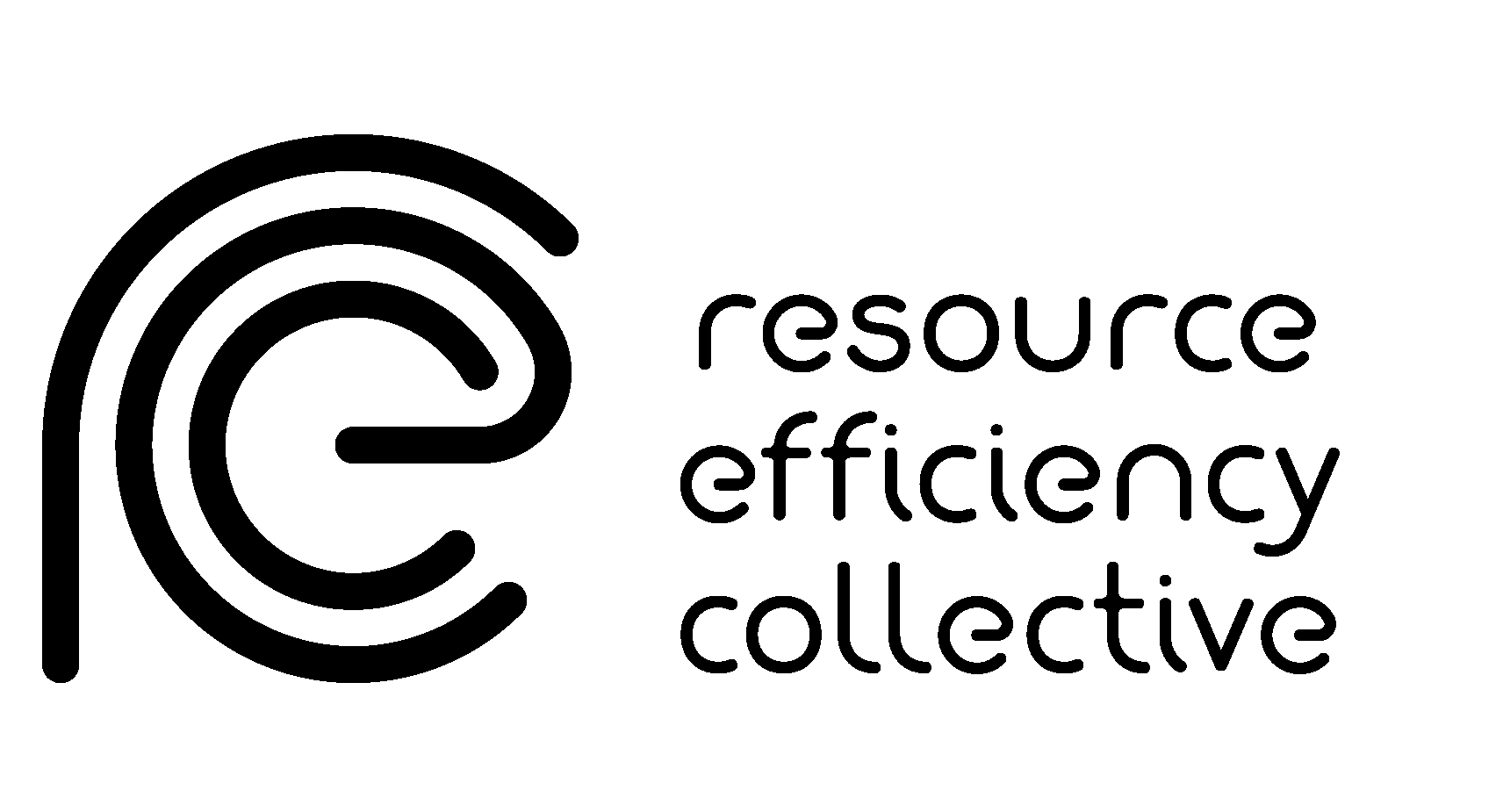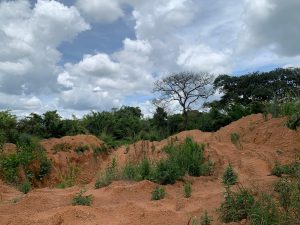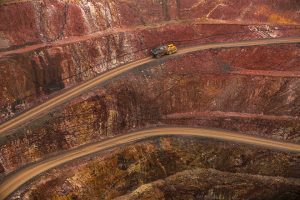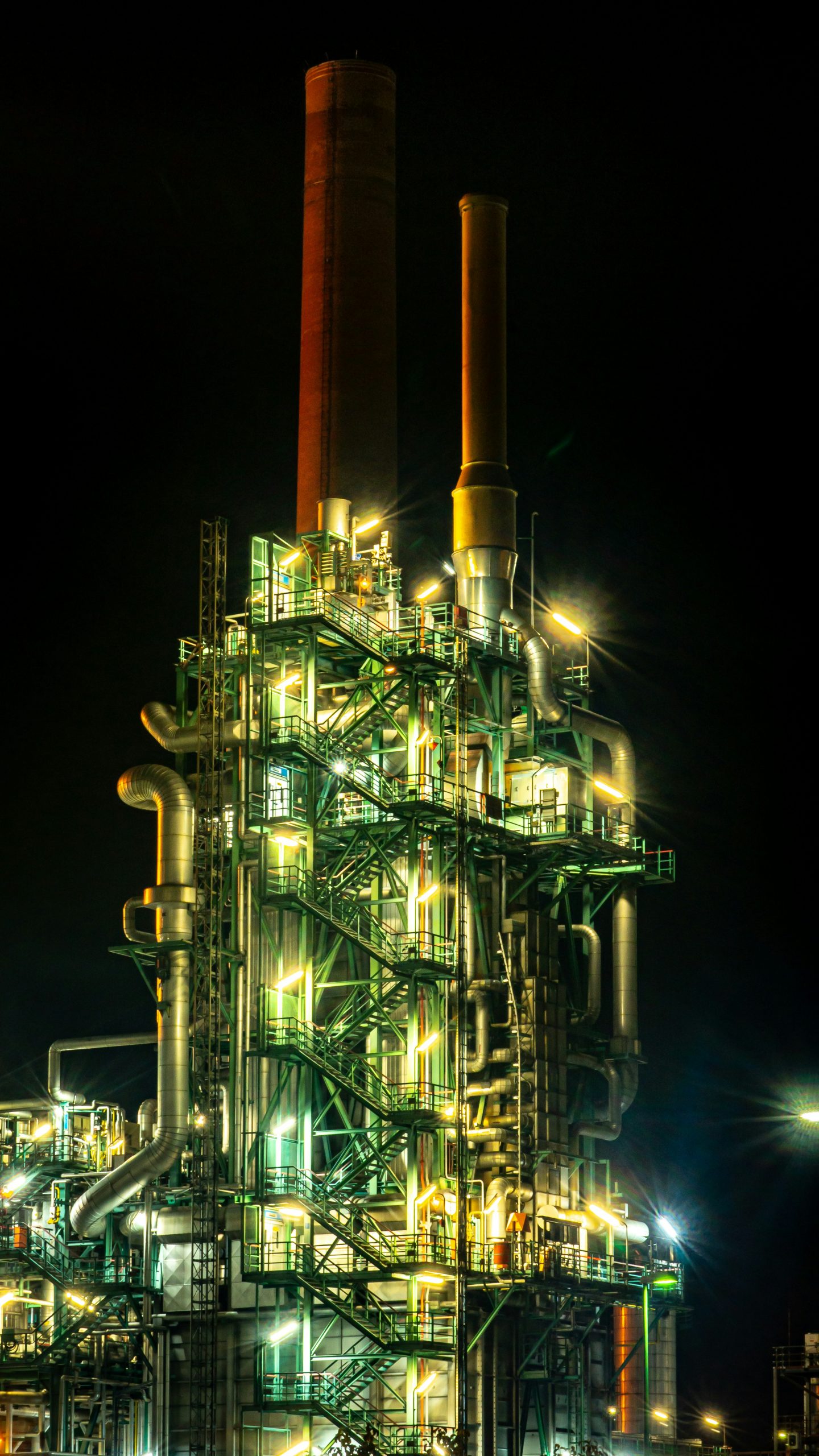Plastics and climate change – Breaking carbon lock-ins through three mitigation pathways
The plastic industry is dependent on fossil fuels in various ways that result in strong “carbon lock-in” throughout the value chain and large and growing CO2 emissions. Carbon lock-in is the “self-perpetuating inertia that is created by large fossil-fuel-based energy systems and that inhibits the emergence of alternative energy technologies”.[1]

Lock-ins are stubbornly entrenched across the domains of production, markets, waste management, industry organization, and governance. Overcoming these carbon lock-ins and achieving zero-carbon targets for the sector by 2050 will require thorough systemic change to how plastics are produced, used, and recycled, including promotion of demand reduction strategies, bio-based feedstocks, and circular economy principles. Strict governance structures, enforceable regulation, and a new proactive and inclusive vision for the low-carbon transition are equally important.
Although a few initiatives have been launched, they primarily focus on plastic waste. Current research has investigated mitigation potential on different parts of the plastic value chain but remains in silos.
This paper reviews carbon lock-ins throughout the plastic value chain and identifies possible mitigation pathways for each stage of the plastic life cycle. The three pathways are: reuse, reduce, and substitute; biobased and alternative feedstock; and recycle and circulate.
Read the full paper from Fredric Bauer, Tobias D. Nielsen, Lars J. Nilsson, Ellen Palm, Karin Ericsson, Anna Fråne, and Jon here
[1] G.C. Unruh, The real stranded assets of carbon lock-in, One Earth, 1 (2019), pp. 399-401
Photo credit: Nick Fewings













